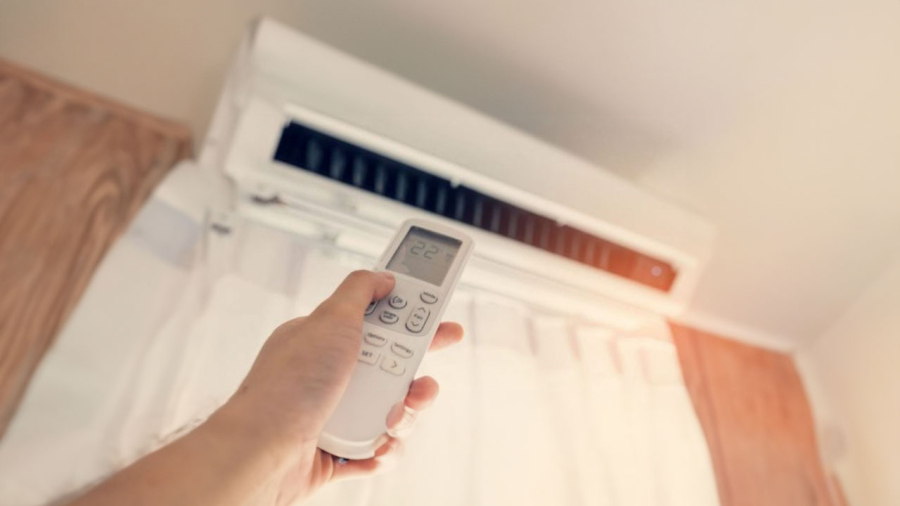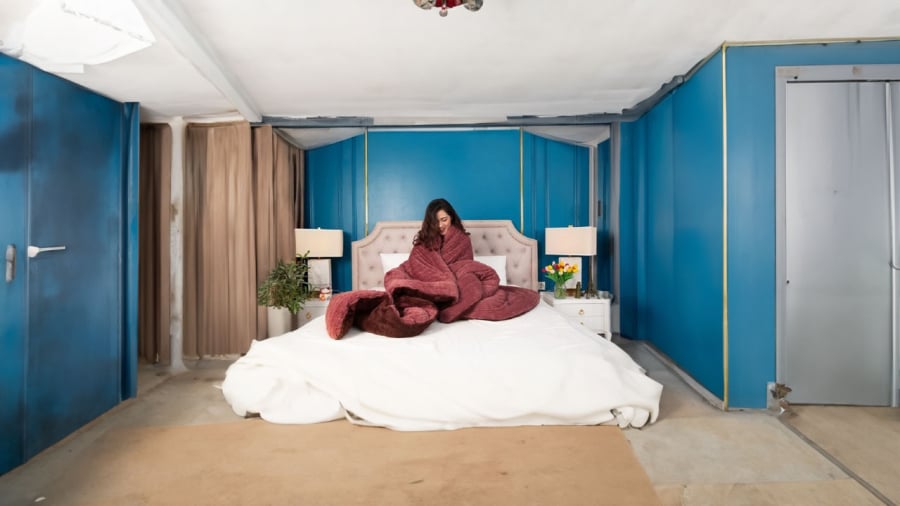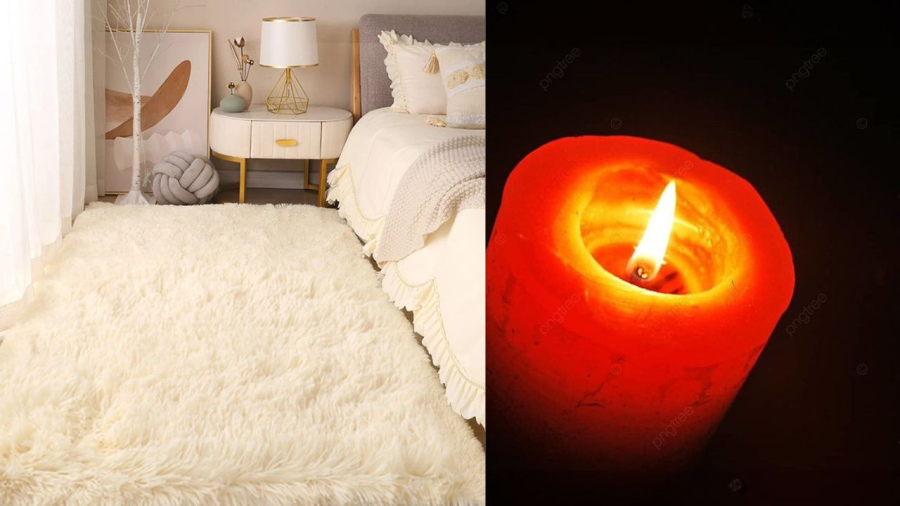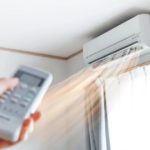Two-way air conditioning is a modern device that can be used in both winter and summer. If we need cooling in the summer, it can be used to provide warmth in the winter.
The winter temperature can drop below 10 degrees Celsius, and at that time, everyone wants the room to be heated to over 20 degrees Celsius. Typically, in the hot summer, experts recommend setting the air conditioning to around 24-26 degrees Celsius. So what is the best temperature for the winter?

The higher, the better?
Many people believe that on very cold days, when the weather is freezing, the air conditioning temperature should be set as high as possible to provide more warmth. Some families set the temperature to 28-30 degrees Celsius to quickly warm up. However, in reality, this temperature is too hot for indoor use. It can cause dry skin and discomfort. The winter weather tends to be dry, and setting the air conditioning to a high temperature can make the skin and nasal mucosa dry, leading to nosebleeds, nasal congestion, sore throat, and hoarseness. Moreover, setting the temperature too high can overload the air conditioning unit, reducing its lifespan and increasing energy consumption.
The ideal air conditioning temperature for the winter is:
According to experienced electrical appliance experts, the air conditioning should be set to 20-22 degrees Celsius during the winter. This is the optimal temperature. If the temperature drops significantly at night, you can set it to around 24-25 degrees Celsius, or even 26 degrees Celsius if there are elderly people and young children in the family. This is because the temperature outside tends to be colder at night.
The need for warmth during sleep increases because the body loses heat, making people feel colder.
In extremely cold weather, below 10 degrees Celsius, it is best to use the heating mode of the air conditioning unit combined with other heating devices in the house, such as dedicated heaters, space heaters, and other methods of keeping the house warm.

Furthermore, when using the air conditioning for warmth, it is important to keep the space relatively closed to allow the device to warm up quickly and efficiently without wasting energy. In addition, the dry winter weather combined with the hot air from the air conditioning can cause dry air, so you need to add devices to balance the humidity in the space. When choosing a two-way air conditioning unit, users should consider the space in order to achieve optimal efficiency.
Other methods of warming the house in winter:
To increase the warmth in the house during cold weather, you should close the doors to limit draft, and only open them when there is warm sunlight to ventilate the room and kill bacteria.

You can also use natural herbs to steam the room and kill bacteria for better air circulation.
It is recommended to place rugs on the floor to prevent cold from seeping up. When mopping the floor, open the doors to allow them to dry quickly before closing them.
Choose warm colors for interior decoration instead of overly bright or dark colors.
You should also have indoor slippers. Make sure that the elderly and children wear warm clothes. You can also prepare warm heating bags or electric heating pads. However, pay attention to the safety of these products to avoid electric shock or burns from broken water-filled heating devices.
Absolutely avoid burning coal or heating in a sealed room, as it can cause dangerous air pollution and endanger lives.


































